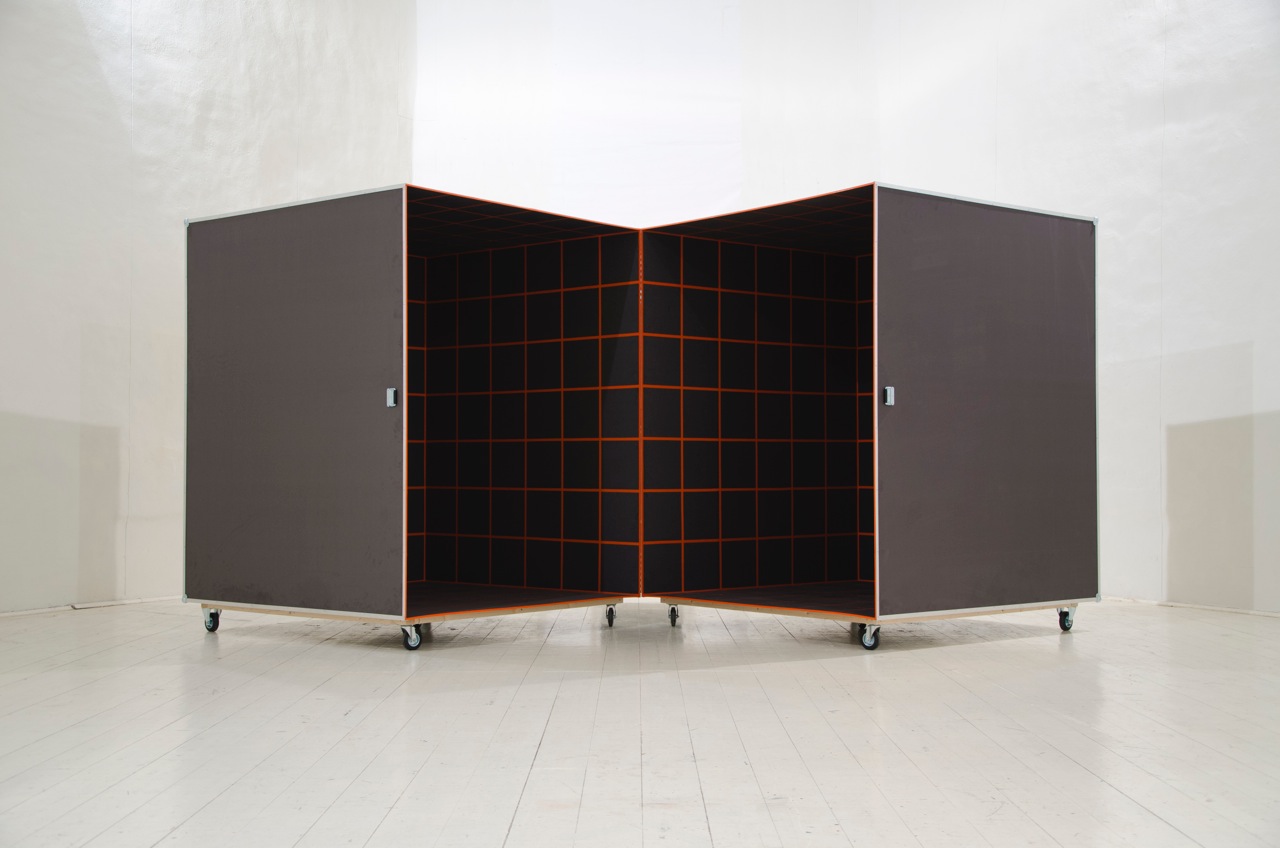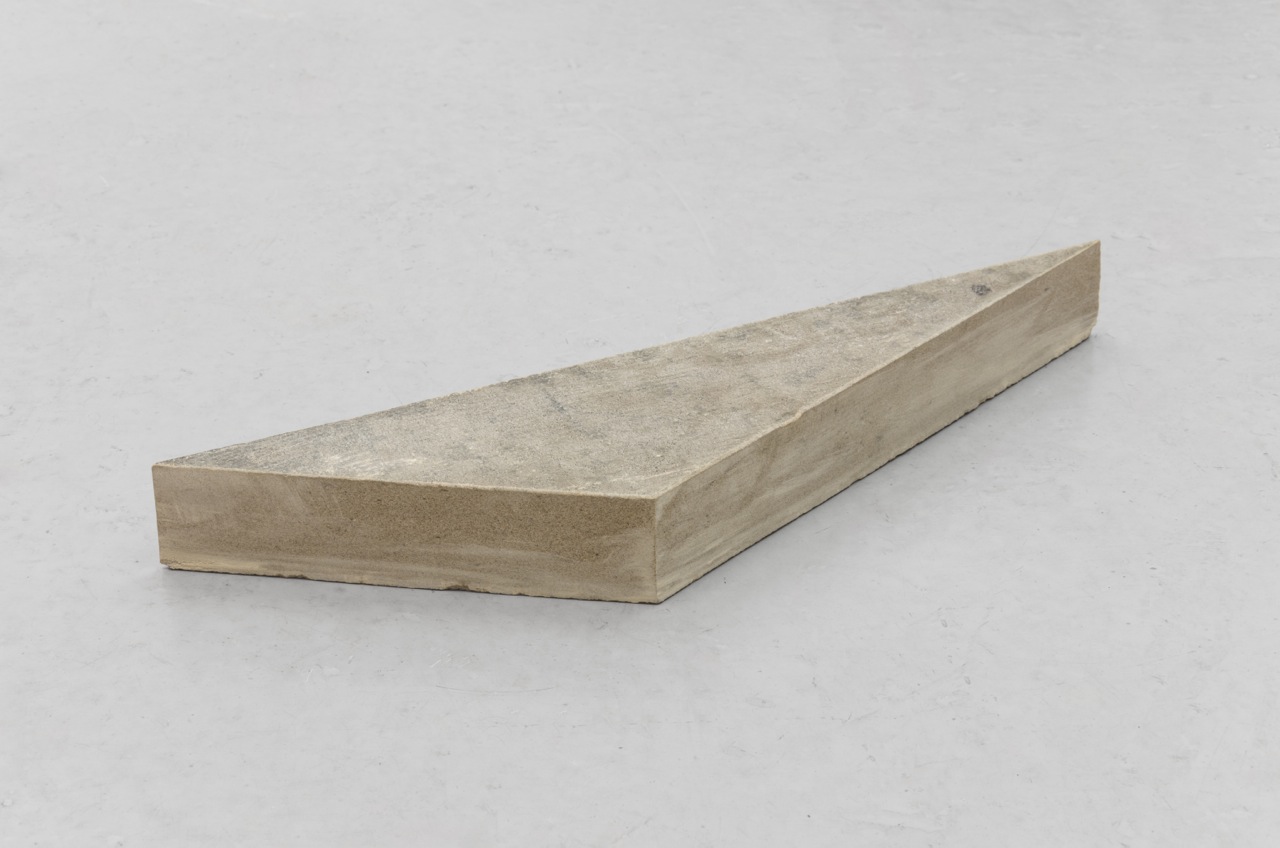Harry Meadley
Interview by David McLeavy
Published January 2014
-
Harry Meadley’s work spans a variety of mediums. By jumping from one method of presentation to another and by using minimal gestures Meadley manages to address specific subjects from the most appropriate angle or viewpoint.
-
Your work seems difficult to pin down, conceptually and aesthetically. Has this been a conscious decision or is it something born from having a wide range of interests?
Man, being pinned down doesn’t sound like fun. I can answer the aesthetic side of it quite easily though - I have very little interest in aesthetics. A work will only look the way it needs to look to convey the idea, or I guess, be the way it needs to be to be the idea. I don’t really go in for artistic flourishes, so that probably removes some sort of visual commonality. The artist should live in the shadow of the work, the work shouldn’t live in the shadow of the artist.
Now conceptually, I guess my answer is both. I try to stay one step ahead, a bit like a serial killer. And to use that analogy, after each murder, I quickly move onto the next one. Maybe once someone figures out what connects it all they may be able to catch me.

Hard in the paint, Johnstone’s ‘Princess Grey’ floor paint, 0.01 × 1000 × 350cm approx, 2013
Judging from your shows at both David Dale Gallery and Paradise Row it seems like specific numerical or ordered systems seem to play a heavy role in your work, often inviting the audience to de-code or solve something (similar to the murderer analogy earlier). Is this a primary focus of yours, and I am also interested to know if the disparate order of your work reflects your personality at all?
I tried to explain it once, but not very well, as storytelling in real time. I very much work on a work by work basis, and so there is this over-arching, ever expanding, narrative going on - or a sequence of ideas that build upon themselves. But with new ones added in all the time. Not in every case - a lot of the works are just ‘works’. It jumps around quite a lot - maybe what you mean by disparate - but I do have several ‘work chains’, as I describe them, going on. You know, like ‘combos’ (to use a computer game term)? It’s definitely something I’m conscious of - the order of works, a sequence of events. The David Dale show, where I made every work I conceived, and was able to produce over a period lasting roughly five months, or the LEVEL 1 show at Paradise Row, the first in a series of quite specific solo shows which will each be a ‘level’, are just slightly more contained versions of my over all practice I think. Though in both cases, they have works in them that are part of other work chains.
Don’t know if i’m the best person to ask about my personality, maybe I should get myself psychologically profiled? Boom, another work there!

Trekthrough, Five hour long walkthrough of the exhibition ‘Play It as It Lies’, 2013
You mentioned previously that you are not so interested in aesthetics or projecting a specific visual style to your work. I am interested to know how you imagine an audience will perceive your work when seeing it in a gallery if you are not present to ‘de-code’ it for them?
I’m not interested in “style”, or, well, in having one, but I am interested in visual information. I do my best to make sure everything you’ll see in a work of mine is all you need to see. So there is less misdirection, which in fact makes it earlier to decode. It’s more important for me that a work is what it is, and nothing more, rather than just being something that looks cool. For the most part I attempt to conceptually construct works to have several layers of interpretation - easy, medium, hard etc, and spend a lot of time thinking through as many possible reading of each work as I can, and making sure I conceptually solidify the ones I want, and steer-away the one’s I don’t. Obviously it’s impossible to account for every reading an audience may have - but over the years I do feel I'm getting better at it. So to answer your question - I do imagine how a viewer will perceive the work, and I construct the works for them. It is all there.
What are your feelings on the view that if you always give the audience what they want then you are boarding on art being entertainment?
Isn’t art already entertainment? In a broader sense anyway. People have just got acclimatised to all the really boring stuff, so it doesn’t seem like it a lot of the time. I don’t think it’s about giving audiences what they want - unless what they want is some good work. And good work is always inherently going to be entertaining. The opposite of entertaining is boring right? I know which one I prefer.
It seems that a lot of your shows include works that are a by product of some sort of collaboration with other artists or organizations. Could you talk a little more about this and about how important this process is to your work.
These things always seem to occur naturally. I’ve never been aware of sitting down and thinking to myself “I want to collaborate with...”, they come from conversation. Most of the conversations I have are about works, or ideas for works, both of mine and of the people I talk to on a regular basis, when two, or three, or however many of you, come up with a good idea together - it then has to be done innit. I think that’s why the Leeds Weirdo Club (my, Matthew Crawley and David Steans’ studio) thing has been so generative, we’re just talking about all this stuff all the time. We have some mad ideas man - stuff we definitely would never have come up with individually. It’s exciting.
In a much simpler way, I think it’s also because solo shows can be quite a lonely endeavour, it’s more fun to have other people being a part of it.
The other side of it, is letting people take over parts of my work. For instance I recently exhibited a work in a show in which I asked the curator to conceive and make a work for me, title an’ all, that I would author. However, you wouldn’t necessarily know that that had taken place. We were meant to keep it secret - but I find it hard not to the tell the truth.
I’m also interested in starting to buy ideas for works - you know the way comedians buy jokes from other comedians? If anyone reading this interview has a good idea they’d like to sell me - please get in touch.
Are there any artists or venues that you would particularly want to work with?
Not any in particular. 2014 is shaping up to be what I’m calling the 'provincial spread'. Already got stuff lined up in Newcastle, Birmingham, Liverpool; I’d really like to add more
places to that. Where’s good? You should hook me up with something in Sheff! I’ve never shown anything there.

Render Room, Alex Farrar and Harry Meadley, Custom flight case with gridded interior, 260 × 480 × 207.5cm, 2012
Maybe this year could be your year. Do you approach shows in the north differently to the way you would approach a show in London or abroad? Does your work change under the circumstances?
Ha, that’s a funny question. Someone at the private view for my LEVEL 1 show at Paradise Row commented to me in a semi-negative way (not knowing I was the artist) that the show was all about Leeds. It wasn’t, but a couple of the works made you aware of that fact. It was important that someone would become aware of that so they would better understand another work titled ‘Yorkshire Sculpture Triangle’ - a triangle shape, which is the shape formed on a map between the Henry Moore Institute, the Yorkshire Sculpture Park and the Hepworth (that have branded themselves as the Yorkshire Sculpture Triangle), cut from a York stone paving slab - placed on floor, and like a compass, points back to itself (from wherever it is shown). In the 90s loads of York stone paving slabs were famously nicked from the streets of Yorkshire - especially the street I grew up on, and sold at a premium around the country. There’s a future version of the work for when I show it within the ‘Yorkshire Sculpture Triangle’ where it spins round on the floor like a compass at magnetic North. So I do definitely think about that stuff.
Irregardless of that, I very much approach each show uniquely, and will always take the context of the gallery into consideration. I can’t quite imagine not doing that.

Yorkshire Sculpture Triangle, York stone, 5 × 12 × 50cm, 2013
On a more practical level, do you think that it helps being based outside of London or do you feel it to be a hindrance?
It was good to move to London, but it was better to leave. I can quite confidently say it was the best decision of my life. It’s entirely a financial issue, London is an amazing place for art, but not always the best place in which to make art. Priorities innit. I couldn’t do the things I do, and live the way I live, if I’d stayed. I do miss all the gossip though.
So whats next for you?
Next week I’m off to Amsterdam for five weeks to work on this Code Duello show I’m doing with Alex Farrar. It’s the culmination of a pretty massive project where we conceptually duelled each other with artworks over a three day period in the summer of 2012. Now the whole show - fifty works in total, is being realised. Pretty exciting stuff. It’s being installed in a 80m long converted industrial space called Loods 6, so the visitor will psychically encounter all the works in sequence. Some of the works are amazing - specially Alex’s. It’s good having dutch dollars funding it as well - you know they do funding applications Dragon’s Den style over there? You go into a room, talk about your plans, and they let you know either there and then or by the next day if you’ve got it or not. Mad stuff.
-
Harry Meadley lives and works in Leeds. Recent exhibitions include Level 1, Paradise Row, London, Play It as It Lies, David Dale Gallery and Studios, Glasgow and Stay Gold, Annet Gelink Gallery (The Bakery), Amsterdam.
-
If you like this why not read our interview with Mathew Parkin
-
© 2013 - 2018 YAC | Young Artists in Conversation ALL RIGHTS RESERVED
